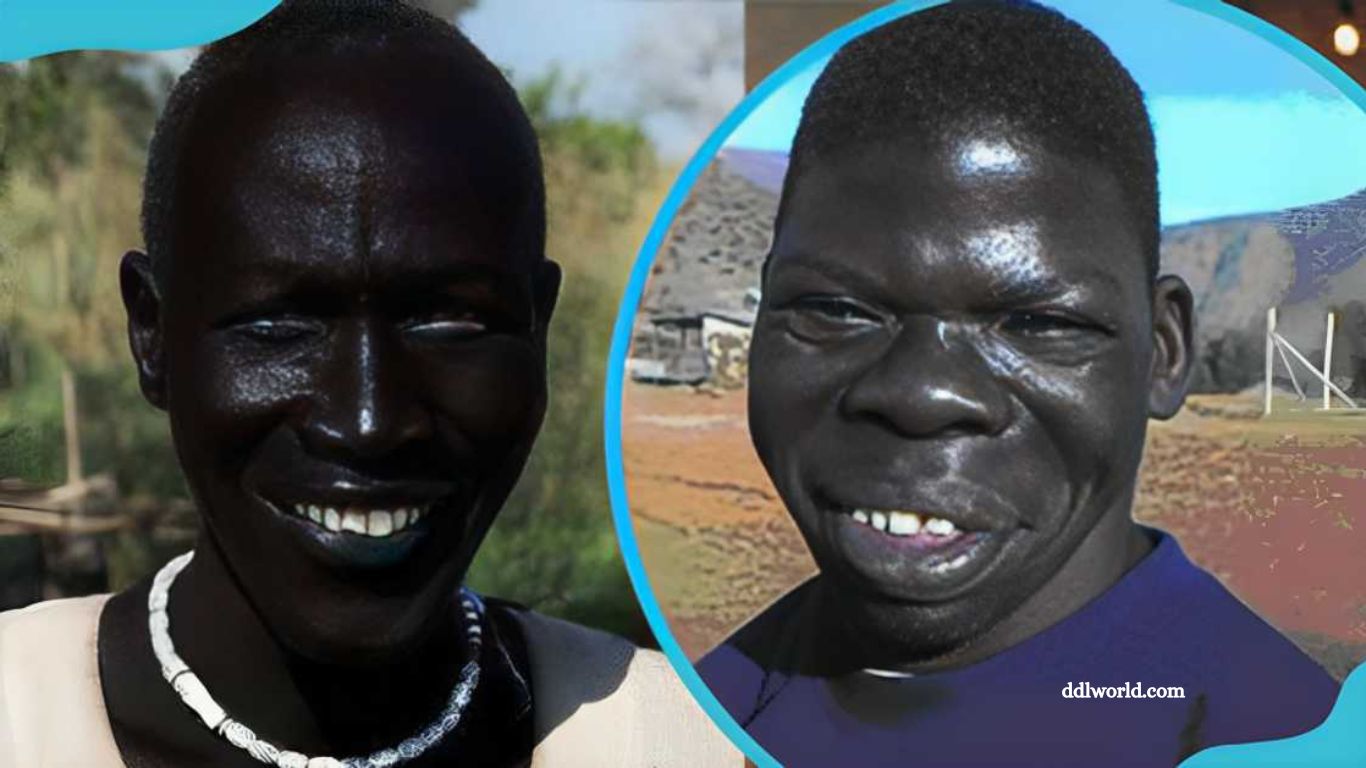Exploring the Darkest Complexion on Earth: A Comprehensive Research

It may seem like an unusual question at first, but have you ever wondered: Who is the darkest-skinned person in the world? Is it even possible to answer such a question? Unlike height or weight, skin tone isn’t measured on a global scale, and there’s no official registry cataloging individuals by their level of pigmentation.
Still, while pinpointing a single person may be impossible, what we can do is explore the ethnic groups and individuals celebrated for their extraordinarily deep skin tones — both as a biological adaptation and a powerful symbol of beauty.
Read More: Coyyn.com Economy: Everything You Should Know
Ethnic Groups in Africa with the Deepest Skin Tones
Africa, the cradle of humanity, is home to a vast spectrum of skin tones. In regions near the equator, where the sun is most intense, certain ethnic groups have evolved with profoundly dark skin — a testament to both genetic diversity and environmental adaptation.
Dinka and Nuer (South Sudan)
Among the darkest-skinned people in the world are the Dinka and Nuer tribes of South Sudan. Living in a region exposed to some of the highest levels of sunlight on Earth, their rich, dark skin acts as a natural shield against UV radiation. These groups are also noted for their tall stature and striking features, which contribute to their unique appearance.
Maasai (Kenya and Tanzania)
The Maasai are a semi-nomadic people whose traditional lifestyle and sun-drenched homeland have contributed to their deep pigmentation. Their skin tone not only reflects their environment but has played a vital role in their resilience and survival in a rugged climate.
Himba (Namibia)
While the Himba people are renowned for their reddish skin, this is largely due to otjize — a paste made from butterfat and ochre that they apply to protect their skin from the harsh desert sun. Though not necessarily the darkest in natural pigmentation, the Himba are often recognized for their distinctive beauty and traditional skincare rituals.
Shilluk (South Sudan)
Neighbors to the Dinka and Nuer, the Shilluk also display deep skin pigmentation. Their complexion, like others in the region, is an evolutionary response to equatorial sun exposure. In Shilluk culture, physical traits and appearance are intricately linked to identity, tradition, and ceremony.
Celebrating Dark-Skinned Models Who Are Redefining Beauty Standards
For decades, the fashion and beauty industries centered around Eurocentric ideals — favoring light skin, narrow features, and a specific body type. However, a new generation of models with deep, radiant skin tones are not only challenging these norms but reshaping them entirely.
Nyakim Gatwech (South Sudan)
Nicknamed the “Queen of Dark,” Nyakim Gatwech is a South Sudanese-American model celebrated for her luminous, deeply pigmented skin. Beyond her visual impact, she uses her platform to promote self-love and acceptance, particularly among dark-skinned women.
Khoudia Diop (Senegal)
Known as the “Melanin Goddess,” Khoudia Diop rose to fame by embracing her rich complexion. Her modeling career has been defined by breaking boundaries and using her visibility to encourage others to find beauty in their individuality.
Alek Wek (South Sudan)
Alek Wek is a pioneering figure in the fashion world. One of the first dark-skinned African models to gain international recognition, she opened doors in the 1990s with her commanding presence and unapologetic embrace of her heritage.
Anok Yai (Egypt/South Sudan)
Anok Yai’s rise to fame began with a viral photograph, but her enduring success is built on much more — including her elegant bone structure and flawless, dark skin. She has since become a face of luxury fashion, representing major global brands.
Duckie Thot (South Sudan/Australia)
Duckie Thot, an Australian model of South Sudanese descent, is known for her doll-like features and velvety dark skin. After competing on Australia’s Next Top Model, she quickly made a name for herself in international fashion circles.
Adut Akech (South Sudan/Australia)
Another star from South Sudan now based in Australia, Adut Akech has graced the covers of top fashion magazines and walked for elite designers. Her radiant complexion and commanding presence make her one of the most sought-after models today.
Flaviana Matata (Tanzania)
Flaviana Matata, a Tanzanian model and beauty queen, gained prominence after winning Miss Universe Tanzania. Known for her close-cropped hair and deep complexion, she continues to make her mark on runways and in philanthropic work across Africa.
Frequently Asked Questions
Is there an official measurement for the darkest skin tone in the world?
No, there is no standardized global scale that measures or ranks individuals by skin pigmentation. While melanin levels can be measured scientifically, such data is not widely collected or maintained on a public registry.
Can someone be scientifically labeled as “the blackest person in the world”?
Not precisely. While some individuals may have exceptionally high melanin concentration, it’s not scientifically or ethically appropriate to label someone as “the blackest person.” Skin tone varies widely within populations, and such labels can reduce identity to a single physical trait.
Why do some ethnic groups have darker skin tones than others?
Darker skin is largely an evolutionary adaptation to intense ultraviolet (UV) radiation in regions near the equator. Higher melanin levels help protect against sun damage and skin cancer while preserving folate levels, which are essential for reproductive health.
Which countries or regions have populations with the darkest average skin tones?
Countries in equatorial Africa — such as South Sudan, Sudan, Nigeria, Tanzania, and the Democratic Republic of Congo — are home to ethnic groups with some of the deepest natural skin pigmentation in the world.
Why is dark skin often underrepresented in media and fashion?
Historically, media and fashion industries have prioritized Eurocentric beauty standards, often marginalizing darker-skinned individuals. However, this is changing, with increasing representation and celebration of diverse skin tones across global platforms.
What role does melanin play in determining skin color?
Melanin is the pigment responsible for the color of skin, hair, and eyes. The more melanin someone produces, the darker their skin will be. It also provides protection from UV rays, which is why populations in sunnier climates tend to have more melanin.
Is it offensive to ask who the “blackest” person is?
It can be, depending on context and tone. Framing someone solely around their skin tone can be reductive or objectifying. It’s more respectful to talk about skin diversity and cultural heritage rather than superlatives tied to appearance.
Conclusion
While the question of “Who is the blackest person in the world?” may not have a definitive or measurable answer, it opens the door to a much deeper and more meaningful conversation about human diversity, evolution, and beauty. Across the globe — particularly in equatorial Africa — people with rich, dark skin tones represent a powerful legacy of adaptation, identity, and pride.
From ethnic groups like the Dinka, Nuer, and Maasai to trailblazing models like Nyakim Gatwech and Alek Wek, the world is witnessing a growing appreciation for melanin-rich beauty. These individuals not only challenge outdated beauty norms but also inspire a broader recognition of skin tone as a spectrum, not a standard.





